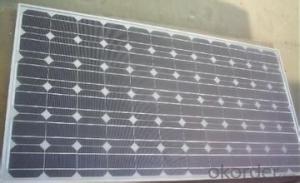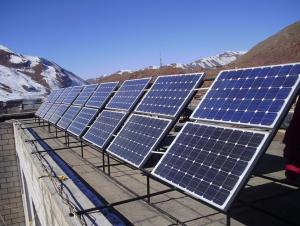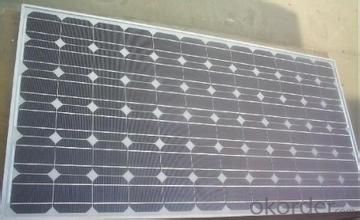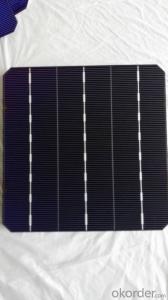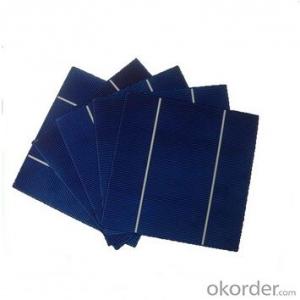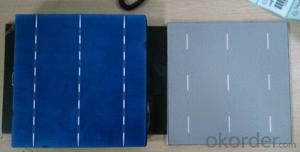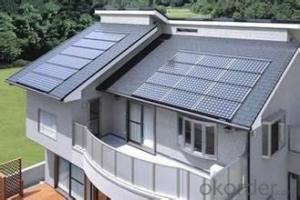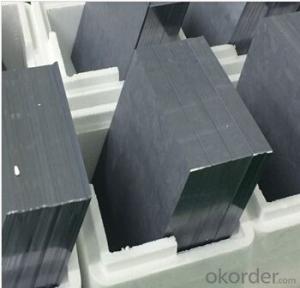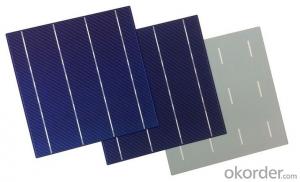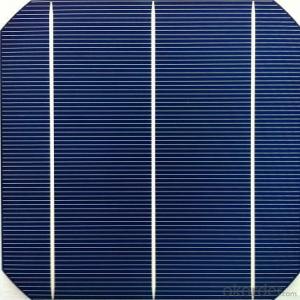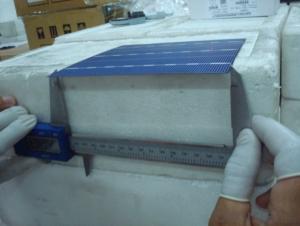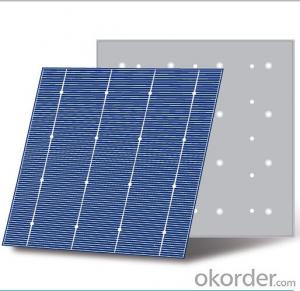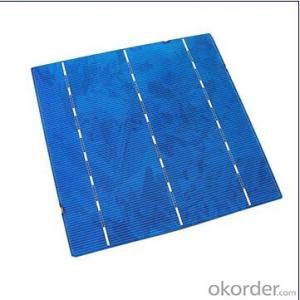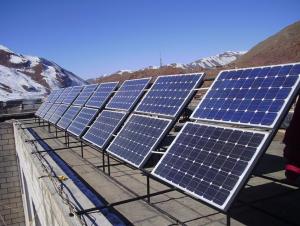Portable Monocrystalline Silicon Solar Cells 156*156
- Loading Port:
- China Main Port
- Payment Terms:
- TT or LC
- Min Order Qty:
- -
- Supply Capability:
- -
OKorder Service Pledge
OKorder Financial Service
You Might Also Like
Quick Detail
| Place of Origin: | Model Number: | SP9H | |||
| Accessories: | Extension Cord | Flexibility: | Foldable | Accessory: | 1*USB-Micro USB cable |
| Certifications: | CE FCC ROHS | Safety protection: | OVP ,ODP ,OCP ,SCP | Total capacity of solar panel: | 5.5V / 6Watts |
| Solar panel quantity: | 2PCS | Max output: | 5V/1A | Folded size: | 178mm x 135mm |
| N.W.: | 320g |
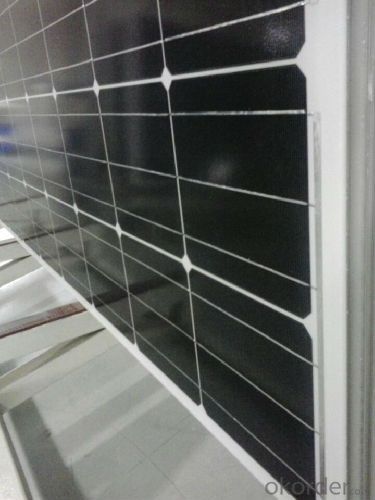
Packaging & Delivery
| Packaging Detail: | Neutral packing or as customer's requirement |
| Delivery Detail: | 5-15work days |
Specifications
1.Fast delivery
2.Portable and directly under the sunshine
3.3.Fold stand, more convenient for sunshine
4.CE .FCC.ROHS
Electrical characteristics include nominal power (PMAX, measured in W), open circuit voltage (VOC), short circuit current (ISC, measured in amperes), maximum power voltage (VMPP), maximum power current (IMPP), peak power, (watt-peak, Wp), and module efficiency (%). Nominal voltage refers to the voltage of the battery that the module is best suited to charge; this is a leftover term from the days when solar modules were only used to charge batteries. The actual voltage output of the module changes as lighting, temperature and load conditions change, so there is never one specific voltage at which the module operates. Nominal voltage allows users, at a glance, to make sure the module is compatible with a given system. Open circuit voltage or VOC is the maximum voltage that the module can produce when not connected to an electrical circuit or system. VOC can be measured with a meter directly on an illuminated module's terminals or on its disconnected cable.
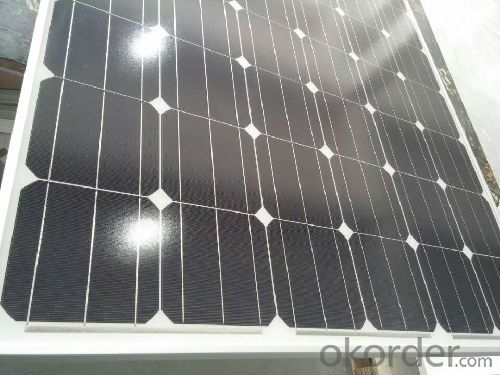
- Q: Can solar cells be used for water desalination?
- Yes, solar cells can be used for water desalination. Solar energy can be harnessed by solar cells to power the desalination process, typically through either photovoltaic or solar thermal technologies. This enables the conversion of seawater or brackish water into fresh water by removing the salt and other impurities, making solar-powered desalination a sustainable and eco-friendly solution for addressing water scarcity in coastal regions.
- Q: How do solar cells convert sunlight into electricity?
- Solar cells convert sunlight into electricity through a process called the photovoltaic effect. When sunlight hits the solar cell, the photons from the sunlight energize the electrons in the cell's semiconductor material, causing them to break free from their atoms. This creates an electric current, which can then be harnessed and used as electricity.
- Q: How do solar cells perform in areas with high levels of electromagnetic interference?
- Solar cells may experience reduced performance in areas with high levels of electromagnetic interference. This interference can disrupt the functioning of solar cells, affecting their efficiency and power output. Measures such as shielding or grounding can be implemented to mitigate the impact of electromagnetic interference on solar cell performance.
- Q: What is the maximum efficiency possible for a solar cell?
- The maximum efficiency possible for a solar cell, based on current technology, is around 44%.
- Q: What is the impact of dust and dirt on solar cell efficiency?
- Dust and dirt can significantly reduce the efficiency of solar cells. When dust accumulates on the surface of solar panels, it creates a barrier that inhibits the penetration of sunlight, thereby reducing the amount of energy that can be converted into electricity. Additionally, dirt particles can cause shading effects and create hotspots, which further decrease the overall efficiency of the solar cells. Regular cleaning and maintenance of solar panels are crucial to keep them operating at their maximum potential.
- Q: Can a solar cell be used in commercial buildings?
- Solar cells are very often used in commercial buildings to generate the power
- Q: Can solar cells be used to power refrigeration systems?
- Yes, solar cells can be used to power refrigeration systems. Solar cells convert sunlight into electricity, which can be used to power various appliances and systems, including refrigeration systems. This method of powering refrigeration systems is environmentally friendly and sustainable.
- Q: What is the impact of solar cells on reducing water usage?
- Solar cells have a positive impact on reducing water usage as they do not require water for their operation, unlike traditional energy sources such as coal or natural gas power plants. By generating electricity from sunlight, solar cells help conserve water resources that would otherwise be used for cooling and steam production in conventional power generation processes. This reduction in water consumption contributes to conserving this precious resource and mitigating the impacts of water scarcity in regions where water availability is limited.
- Q: Can solar cells be used in electric fence systems?
- Yes, solar cells can be used in electric fence systems. Solar cells convert sunlight into electricity, which can be used to power the electric fence. This eliminates the need for traditional power sources such as batteries or connecting to the electrical grid, making it a more sustainable and cost-effective option.
- Q: Can solar cells be used in powering autonomous vehicles?
- Yes, solar cells can be used in powering autonomous vehicles. Solar panels can be installed on the surface of the vehicle to capture sunlight and convert it into electricity. This renewable energy source can supplement or even replace traditional fuel sources, making autonomous vehicles more sustainable and reducing their carbon footprint.
Send your message to us
Portable Monocrystalline Silicon Solar Cells 156*156
- Loading Port:
- China Main Port
- Payment Terms:
- TT or LC
- Min Order Qty:
- -
- Supply Capability:
- -
OKorder Service Pledge
OKorder Financial Service
Similar products
Hot products
Hot Searches
Related keywords
